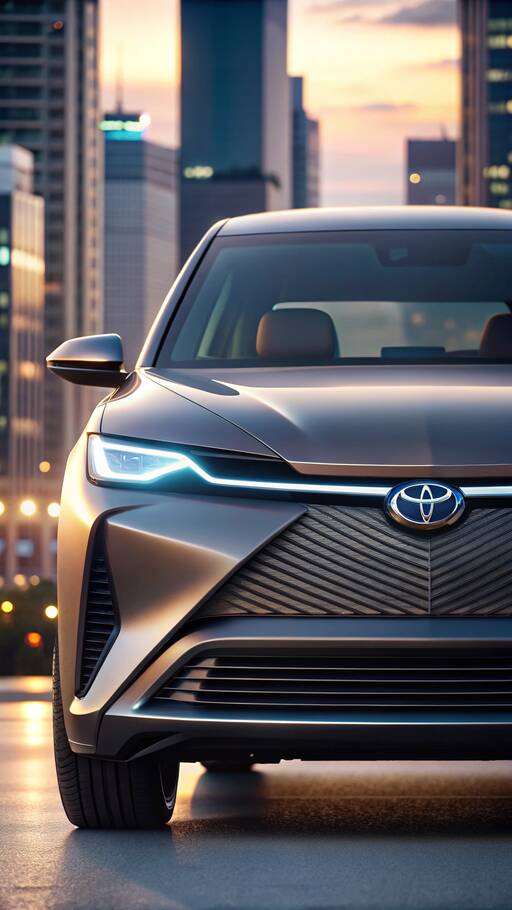
- The maximum range increases by 25% to 314 miles.
- Achieved through minor tweaks rather than extensive battery changes.
- Larger battery pack size: 74.7 kWh, up from 71.4 kWh and 72.8 kWh in earlier models.
- New permanent-magnet motors incorporate silicon carbide semiconductors.
- Front-drive models now deliver 221 hp; all-wheel-drive versions reach 338 hp.
- Anticipate faster 0-60 mph times, potentially around 4.5 seconds.
- The bZ XLE offers 168 hp with a 57.7-kWh battery.
- It matches the range of larger-battery predecessors, thanks to less reserved energy.
- Maintains peak DC charging speed at 150 kW.
- A new battery preconditioning feature optimizes charging efficiency.
- An integrated route planner enhances long-trip charging logistics.
- Early adoption of Tesla-designed NACS port for Tesla Supercharger access.
- Plug & Charge capabilities provide seamless payment.
- Home charging improved to 11-kW AC charging.
- A new fascia with sleek running lights aligns with the Camry and Prius.
- An option for body-colored cladding enhances aesthetics.
- The interior features a revamped dashboard with a 14.0-inch touchscreen.
- Relocated climate controls are incorporated into part of the touchscreen.
- Improved sound insulation and suspension offer a more refined ride.
- Steering wheel paddles allow for regenerative braking adjustment.
- Premium features in Limited trims include power seats and digital rearview mirrors.
Set to hit U.S. dealerships in late 2025, the 2026 Toyota bZ offers extended range, improved charging, and a more polished design. While these improvements position it ahead of its predecessor, the highly competitive EV market means challenges remain for Toyota. Only time will tell if these updates make a significant impact.
Stay Updated: Subscribe to our newsletters for the latest automotive insights straight to your inbox.